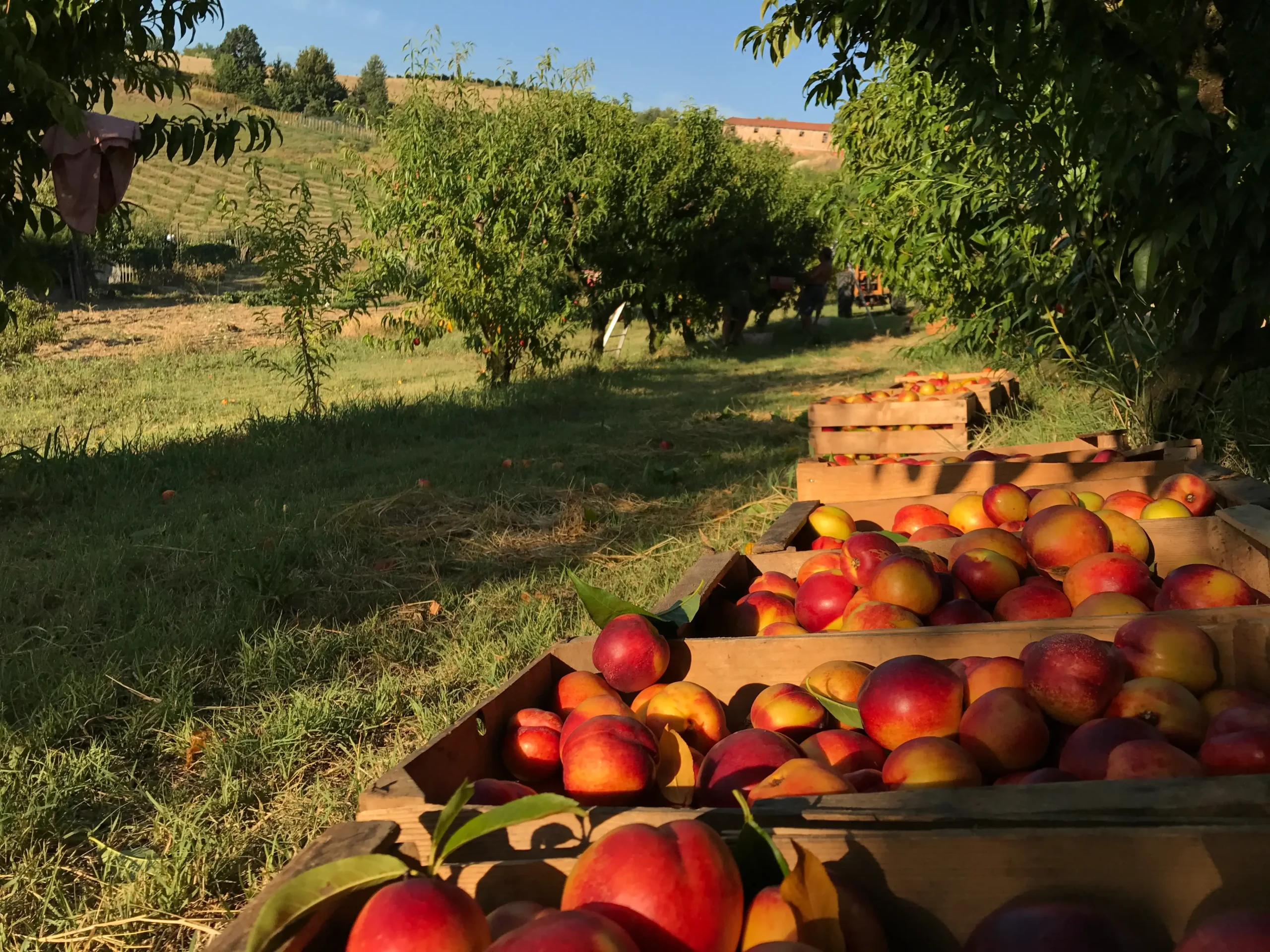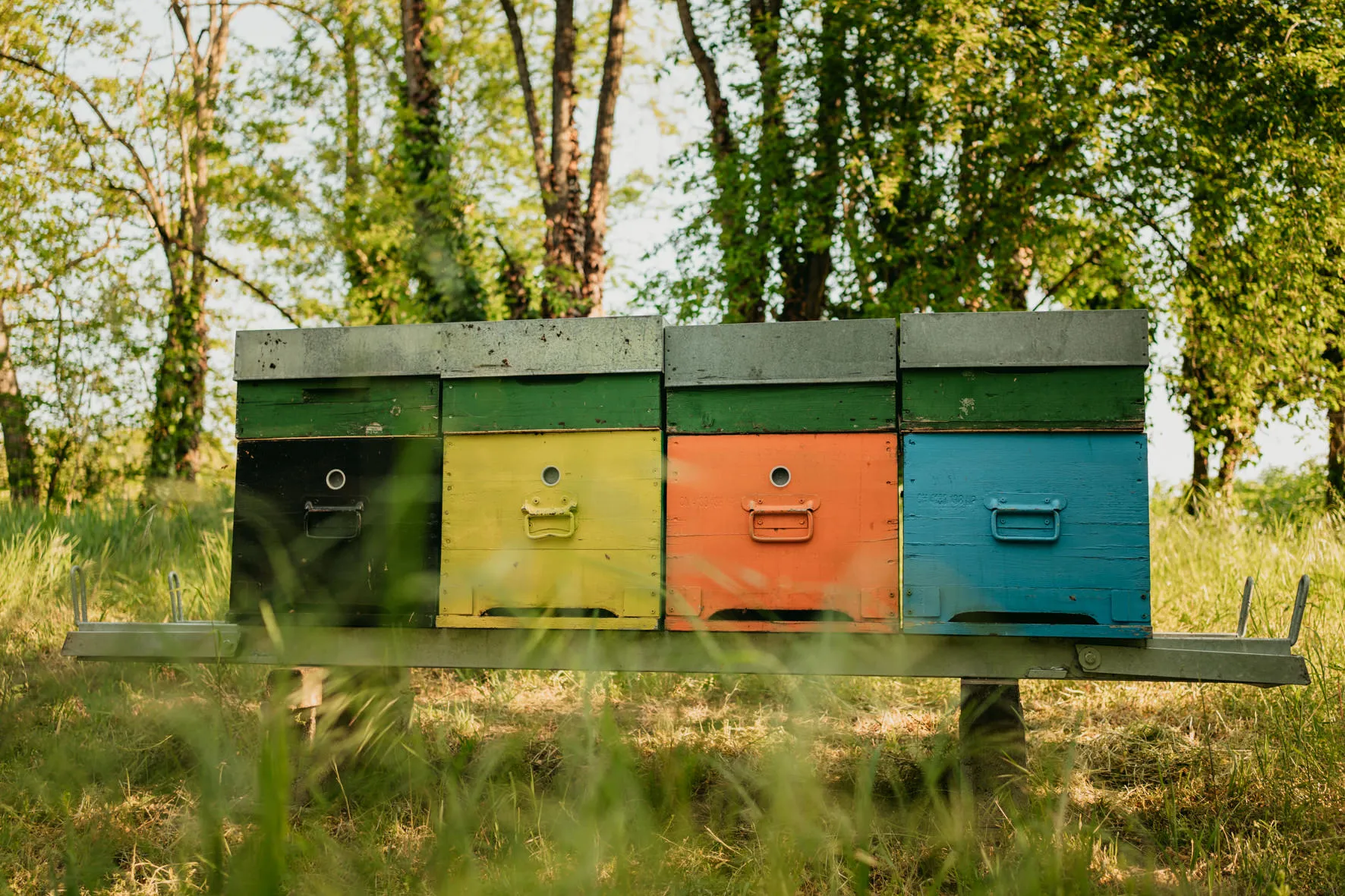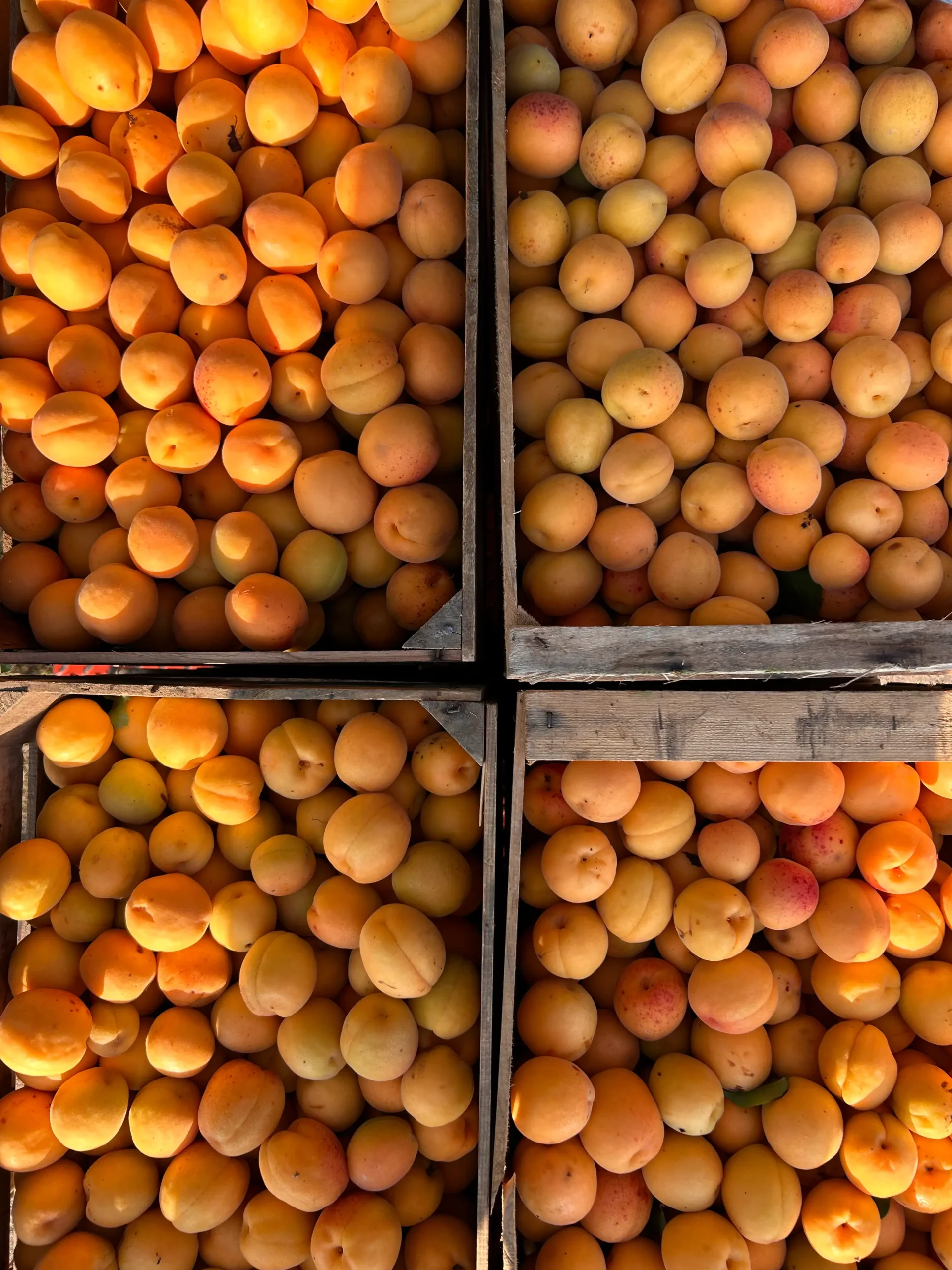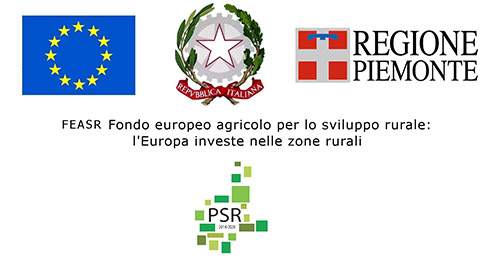
Countryside
Agriculture
organic
since 1995
Since 1995, we have practiced attentive and responsible organic farming, based on deep respect for the land and its natural cycles. We harvest only at the right degree of ripeness and process our products within 48 hours to preserve their freshness, taste, and nutritional values intact. We were among the first to join the Agri-Food Program under EEC Regulation 2078/92, the only one that allows minimizing toxic residues on fruit while protecting both the environment and consumer health.
We have always believed that the land has its own rhythm, breath, and life. For this reason, in addition to organic farming, we follow an agricultural approach that deeply respects nature’s timing and plant balance, passed down in our family like ancient and precious knowledge. We sow, prune, and harvest at the right moment, following lunar and seasonal cycles, in harmony with what the earth requires. We enrich the soil with natural substances that stimulate its vitality and support crops in a balanced way. It’s not a trend, but a way of cultivating that combines awareness, respect, and care, to offer authentic food, alive and deeply connected to the land.
Humus and soil fertility
We work to enrich the soil with natural humus, maintaining the fertility and structure of the soil without resorting to chemical fertilizers
Use of pheromones and protection of beneficial insects
We use pheromones to monitor and control pests naturally, preserving beneficial insects that are our allies in the fight against harmful ones.
Resistant plant varieties and crop rotations
We continue to cultivate ancient and naturally resistant varieties, which guarantee quality and sustainability. Moreover, the practice of crop rotations is fundamental to maintain soil balance and prevent diseases.
Seasonal production and sustainability
We respect the rhythms of nature, producing only seasonal fruits and vegetables. Sustainability is our daily commitment, not only in the fields but also in all stages of production. We definitely focus on quality, not quantity. We only produce what the land gives us.
Clean energy with solar panels
Since 2007, we have been using solar energy thanks to a photovoltaic system that makes us almost self-sufficient, reducing our environmental impact.
Responsible use of water
We use our own well that provides clean water for irrigation. Water circularity is fundamental for us: the water we lose during production is recovered and reused to irrigate the fields, avoiding waste.
Zero waste
We carefully manage all waste, giving back to the earth what belongs to it and minimizing resource waste. However, our primary goal is to work with good raw materials that are healthy and harvested at the right time: this way we avoid waste from the start. For us, the best way to avoid waste is to cultivate with care and select only what is truly valuable. In this way, we promote a production cycle that is as circular, clean, and respectful of nature as possible.

Beekeeping
Our beekeeping, between care and memory
Honey is a sugary substance produced by bees following the transformation of flower nectar. Honey is extracted by centrifugation, and the subsequent decanting and packaging operations take place without resorting to heat treatments. These phases are essential to avoid altering the sensory and physicochemical qualities of honey and to maintain all its properties intact. These are the secrets that allow us to have a wide range of monofloral honeys that best tell the different nuances of our territory.
For many years, we have been raising our bees with passion and respect, nurturing each hive throughout the year, as one does with something precious. For us, honey is not just a product: it’s the result of a perfect balance between nature and knowledge, a sweetness that comes from the tireless work of bees and our choice to protect them.
Beekeeping in Piedmont has ancient roots: since the Middle Ages, bees were kept in straw or wooden hives, scattered among the hills, woods, and fields. Our territory, thanks to its microclimate and the variety of spontaneous blooms, has for centuries been an ideal place to produce honeys rich in nuances and properties.
Today, as then, we practice natural beekeeping, without invasive treatments. Our bees live in a healthy environment, thanks to the clean agriculture we have practiced for generations, without pesticides or chemical fertilizers. We move the hives following the blooms, from the hills to the mountains, to obtain different, intense, and authentic honeys. It’s the method of nomadic beekeeping, which allows us to collect the best of nature, at the right moment.
Our honey is not pasteurized: it's pure, unfiltered, alive. Real honey, like it used to be.
Just a few steps from Alba, there are also places that tell a fascinating story that’s almost forgotten: ancient rural houses, immersed in vegetation, built with great care by wealthy families. In one of these, in the second half of the 19th century, an extraordinary experiment was attempted: to host bees inside the walls of the house. Stone niches were created to accommodate up to 54 bee families — a unique example in Piedmont, perhaps in all of Italy.
Those walls didn’t just protect the bees: they preserved knowledge, a way of living in harmony with the land. It’s from that memory that we draw inspiration every day, with the desire to continue a living tradition, sweet and deeply connected to our history.
The honeys we produce
Acacia honey
High mountain honey from Bric di Limone Piemonte
Citrus honey
Apple blossom honey
Chestnut honey
Eucalyptus honey
Mint honey
Wildflower honey
Linden honey
Truffle honey
Honey with dried fruit
All our honeys are delicious to taste naturally, just as they are, letting yourself be guided simply by your personal taste. But if you’re looking for some inspiration or some extra ideas to pair them best, here are our suggestions.
TYPE OF HONEY | FLAVOR | COLOR | USES/CULINARY PAIRINGS | VISUAL FIELD PRESENTATION | HARVEST PERIOD |
| Acacia Honey | Fragrant and delicate | Straw yellow | Sweetener par excellence, it pairs well with yogurt, mascarpone, blue cheeses, meat and fish in sauce. Excellent for breakfasts. | Liquid | May |
| High mountain honey from Bric di Limone Piemonte | Very pleasant | Amber | Suitable on crostini at the end of a meal, on fresh fruit it reduces acidity. It enhances its properties on fruit salads. | Crystallized | June/July |
| Citrus honey | Fruity, reminiscent of orange blossom scent | Very light | Pairs well with fresh cheeses like mozzarella, ricotta, or scamorza, or even with more aged cheeses like caciocavallo. Perfect with lightly seared fish or in sweet and sour preparations. Can be used to flavor roasts or other savory dishes. Ideal in pastry-making, as an ingredient in sauces, glazes, or doughs. As a sweetener for tea, herbal teas, or infusions. | Crystallized | May |
| Apple blossom honey | Fresh | Light amber | It’s ideal for seasoning roast pork, game, and wild meats. It pairs well with fresh soft cheeses and alpine cheeses. It’s excellent for accompanying cooked fruit compotes and quince mostarda, or for sweetening herbal teas and tea. It can be used to dress wild herb salads, as an ingredient in cocktails based on calvados, cider, or apple, or to create sauces and marinades. | Crystallized | May |
| Chestnut honey | Strong and slightly bitter | Dark | Suitable for gratinated desserts; it pairs well with aged cheeses, savory dishes in general, grilled meats. Chestnut honey is also excellent as a topping for yogurt or to sweeten hot beverages. | Liquid | June |
| Eucalyptus honey | Aromatic caramelized, reminiscent of dried porcini mushroom scent | Hazelnut | Suitable for sweet and sour sauces; it pairs well with savory medium-aged cheeses, tender meat dishes. Eucalyptus honey is also excellent as a topping for yogurt or to sweeten hot beverages. | Crystallized | July |
| Mint honey | Very fragrant, with an aromatic, slightly sweet and flavorful taste | Amber with reddish reflections | Excellent paired with fresh cheeses, such as pecorino, or in combination with fruit jams. Perfect for sweetening tea, herbal teas, and infusions, enhancing their aroma. Can be used in vinaigrettes, with raw fish, stretched curd cheeses, and even in omelets. Delicious spread on bread, rusks, or added to yogurt. | Liquid | June/July |
| Wildflower honey | Full and varied aroma | Shades of amber | Wildflower honey is the easiest to pair and is suitable for preparing desserts and puddings; it pairs well with meat and fish dishes in sauce. Excellent paired with fruit in general, yogurt, and hot beverages. | Liquid | June/July |
| Linden honey | Slightly minty | Light | Suitable for special hot beverages such as mulled wine and hot drinks in general; it pairs well with fish-based dishes and is an excellent sweetener for herbal teas. It can be added to fresh fruit or paired with cheeses. | Crystallized | June/July |
[NEWSLETTER SUBSCRIPTION]
Get a FREE ITEM with your first order!
By subscribing to our newsletter, you'll receive a surprise item free with your order and get exclusive access to news, offers, and Mariangela Prunotto's tips.




